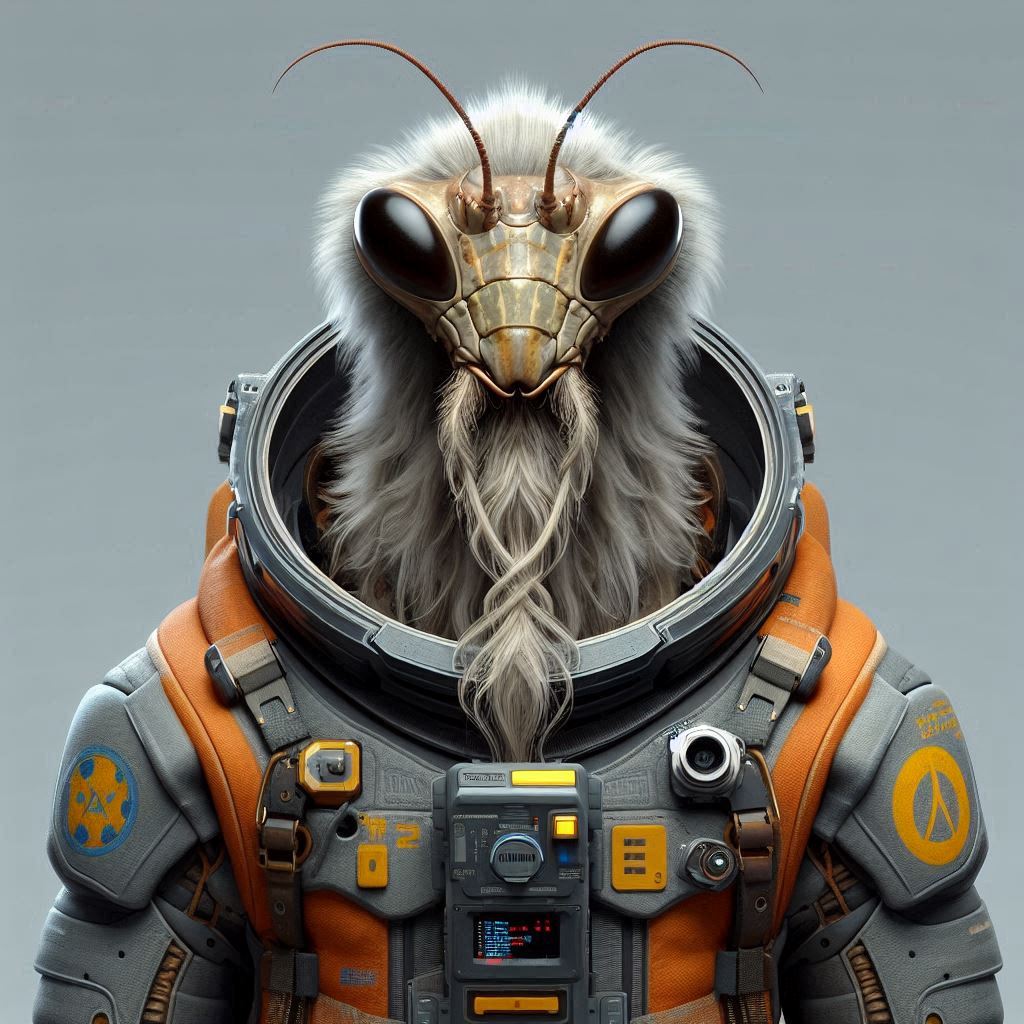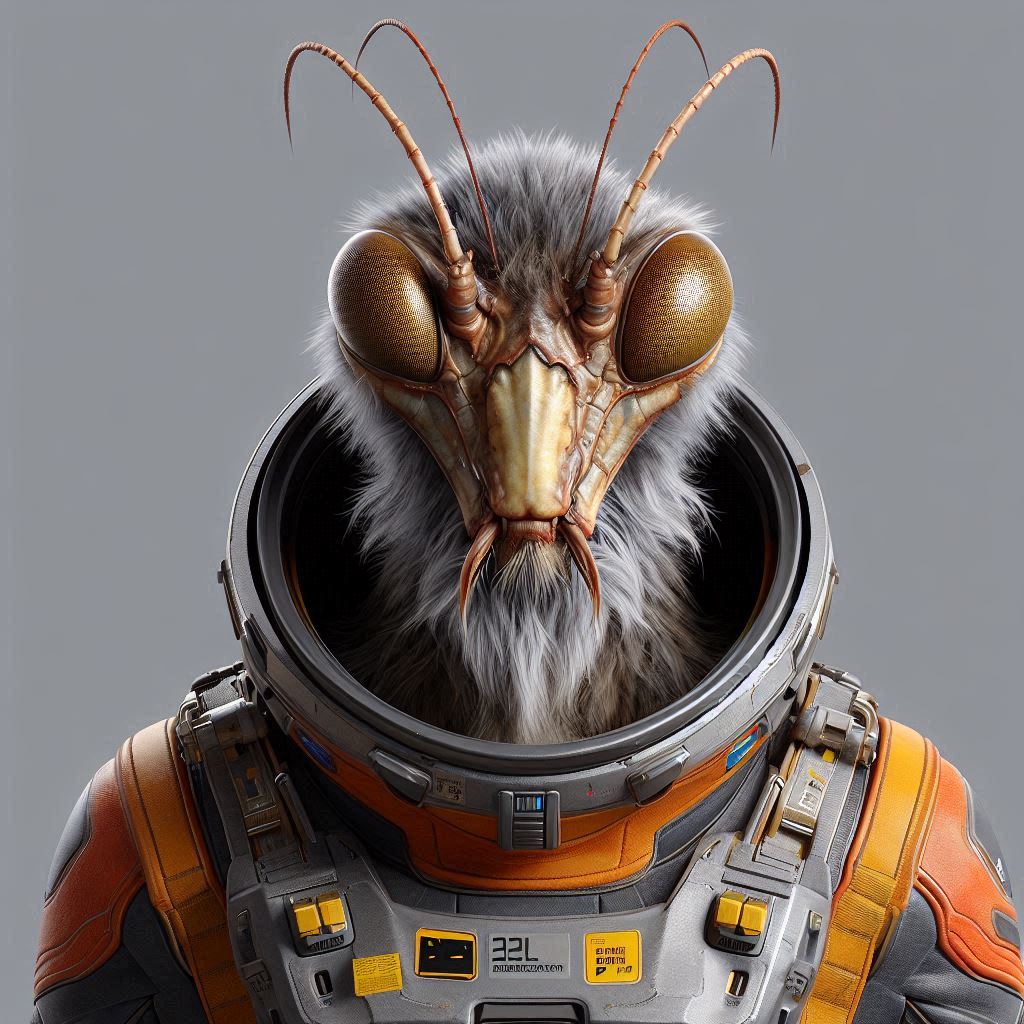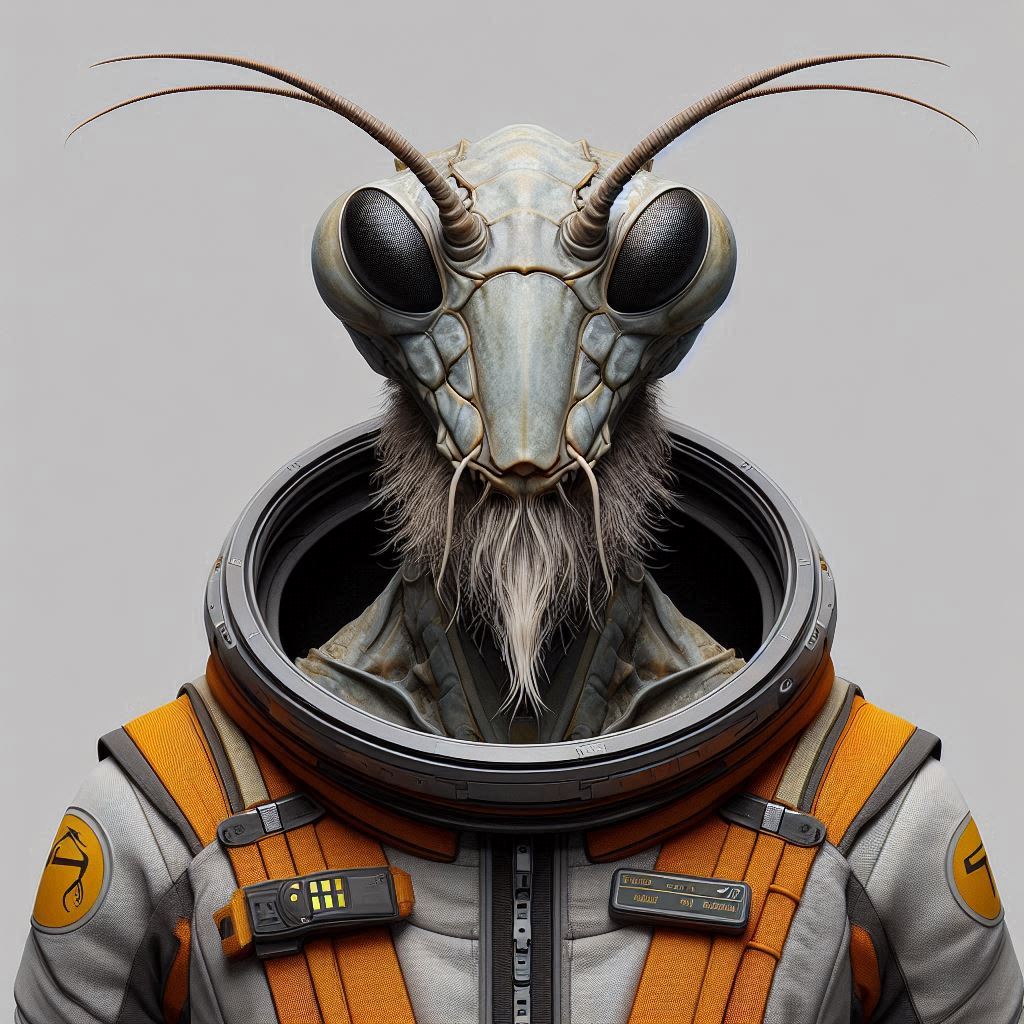Cholmondely wrote: ↑Wed Jan 29, 2025 1:26 pm
Fair dibs!
Now... if you could have the Species OXP of your darkest dreams, how would
you embellish the insectoid systems? What would you like to find in them?
What does "insectoid" mean?
There are a number of ways of dichtomising (dividing into two) the metazoans (multicellular organisms). One is which forms first - the anus or the mouth? Protostomes
vs deuterostomes - but I'd have to look up the embryology to check which organisms are in which category. I
think vertebrates and echinoids (echinoderms and echinodermata) are deuterostomes, most other things protostomes, and corals and cubozoans are both - because they both use the same orifice as mouth and anus. But I won't go to the gallows for that - I may be rong!
Another dichotomy is between those with a rigid(-ish) exoskeleton and those without such. The "rigid(-ish) exoskeleton" imposes a fairly strict development/ growth sequence of "fatten" (shrinking airfilled cavities) ;
ecdysis (split and discard the exoskeleton) ; swell (by inflating airspaces) ; harden new exoskeleton to suit new body ; return to fattening. This life-cycle is typical of the arthropods (insects, cheliciates (spiders, scorpions, eurypterids, up to 2m long!), crustaceans (lobstoids, barnacles), and many "worms" (around a dozen phyla, including the frankly scary looking "little penis worms or
Priaprulids). Obviously, the more "investment" in stiffness/ armouring of the exoskeleton, the slower the growth. and there are a lot of demineralisation/ storage/ remineralisation processes around the ecdysis process. Sorry- my inner palaeontologist speaking. But internal skeletons can grow more gradually, but are more prone to external damage ; but exoskeletons force periodic moulting and expansion. That's a fairly fundamental division. It's likely to be interplanetary - because geometry is also interplanetary.
Locally significant variations - on
Earth - are unlikely to be as significant in an interplanetary context. On Earth, all "insectoids" (ecdysozoans) with 4 head segments anterior to the mouth collapsed into mandibles, cheliciae, and 2 pairs of manipulatory/ sexual appendages are more closely related (as cheliciates - spiders, scorpions and their big cousins the eurypterids) than they are to any with 3 collapsed segments anterior to the mouth (insects, some "worms"?) ; but in an interplanetary sense, it's implausible that they'd necessarily share traits.
So ... getting back to the question - major dichotomies for classifying species. Radial symmetry versus axial symmetry. (so, closely related vertebrates versus echinoids (urchins and starfish). Ecdysozoan versus internal skeleton (exoskeletons versus internal skeletons).
- Complications of internal plumbing (anus-first or mouth-first? ; blood pipes or heamocoel?) are for the dissecting table, not "first contact".
- Complications of diet (vegetarian, carnivore, omnivore, obligate carnivore) aren't even consistent within one species (interbreeding population) let alone between closely related species. For the prison cell, not "first contact".
- Atmosphere - oxygen-lethal, oxygen-absence-requiring, oxygen-tolerant, oxygen-requiring, oxygen-very-requiring - is only an issue if someone takes their helmet off at the "first contact" table. And external sensors on your suit would tell you when to NOT do that. Either way.
- Fluid-floating or supported against gravity ... again, that'll be fairly obvious on meeting their spaceship environment.
- Radiation sensitivity : in which I include UV. If they're coloured grey/ red/ yellow, it's probably not a good idea to turn on the sunbed lamps in the "first contact" meeting room. Similarly, if their lighting is rich in hard-UV, expecting them to distinguish a red light from a green light is ... optimistic.
- Oh - lizard-oids versus mammal-oids? Essentially, that's a difference between relying on the environment to maintain internal temperature (exo-thermic/ -thermy) or maintaining it with your own biochemistry (endo-thermy, -thermic). This isn't simple. Or terribly important. Big organisms, by virtue of being big, are endothermic and can run into problems of disposing of heat. Small organisms are exothermic to some degree (and their food intake is a BIG clue to this). But ALL space-travelling organisms will modify their environment (spacecraft interior) to suit their comfort zone. So, read and respond.
- Chemistry : for "first contact", provide energy sources (hot plate, "water bath" with variants on "water") and let them bring thier own food. See atmosphere discussion above.
If I were to rank the importance ... symmetry most affects the layout of structures.
Fluid or atmospheric pressure next - affects wall stiffness. Massively affects mass for "water world" habitats.
Temperature range is probably next.
Within reason of corrosion, atmosphere composition is not a big deal - 2 or 3 ganged air locks should buffer between any two. 4 for extreme pressure differences. Forget the "chlorine breathers" - chlorine is an order of magnitude rarer than oxygen.
That's two binaries, and an integer (pressure). Call it an 8-bit word, casting the higher bits for symmetry and fluid, and the rest 2 bits for oxygen content and 2 for pressure range. Don't change pressure rapidly. Less than a factor of 2 per "day" cycle.
On the subject of a "united front" - would "carnivores" collaborate against omni-/ herbivores? - or consider each other as competitors?
I suspect individual variation would be the rule. Within-species and between-species. You and your dog can compete for food, but the dog still manages to persuade you to give them a home.



